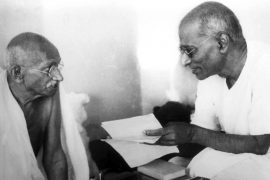In 1498, Vasco-da-Gama stopped at Mombassa, in present-day Kenya, on his voyage to discovering the sea-route to India. A Gujarati sailor came on board his ship and guided it to Kozhikode, in present-day Kerala, clearly indicating that the west coast of India and East Africa had age-old connections.
Modern-day Indian migration to Kenya began with the onset of colonial rule in Africa. In 1885, European powers (Britain, France, Germany, Portugal and Belgium) concluded the Treaty of Berlin, apportioning Africa amongst themselves. Consequently, in 1895, the British formed the Protectorate of East Africa that formalized their control of a region that is today Kenya and Uganda.
The British sought African labour to harness Africa’s vast natural resources. The reluctance of Africans to provide the much-needed labour led the British to bring in labour from India. Many Indians, particularly Sikhs, came to Kenya as labourers. They were put to work in the mines and to lay railway lines. It was difficult work, often at the edge of the African jungles. Attacks by wild animals were not uncommon. But they persevered – and in doing so, ironically, laid the foundations of the colonial exploitation of Africa and Africans.
The Indians themselves were exploited though they liked to think of themselves as ‘better’ than the Africans. In time, some Indians gained a modicum of prosperity and began to own and operate small businesses. Makhan Singh’s father owned one such business.
Copyright©Madras Courier, All Rights Reserved. You may share using our article tools. Please don't cut articles from madrascourier.com and redistribute by email, post to the web, mobile phone or social media.Please send in your feed back and comments to [email protected]











